Whether you're motivated by saving on your energy bill or caring for Mother Earth — or both — there are a number of things you can do to make your home greener, inside and out. Even small changes that renters or those on a budget can easily implement wield substantial impact toward creating eco-conscious living spaces that are healthier and more comfortable.
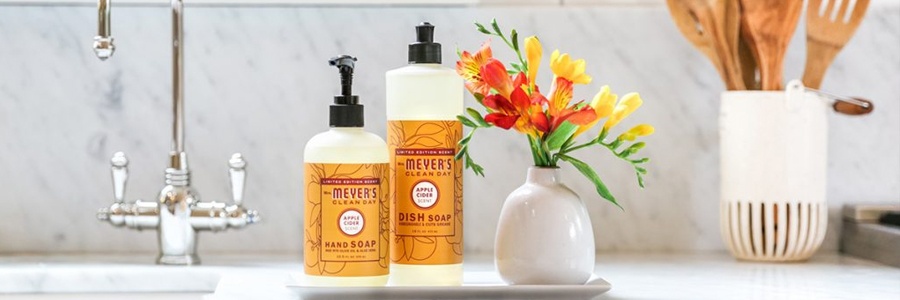
Green Up Your Cleanup (Photo via everydaysavvy.com)
One of the easiest things you can do to create a more environmentally friendly household is to replace harsh chemical cleaners with natural, non-toxic products that pack just as much cleaning punch. There are a number of fantastic, reasonably priced cleaning lines widely available, including Mrs. Meyers and Seventh Generation, and a simple Google search will deliver endless articles on DIY home cleaners using vinegar, baking soda and other safe ingredients.
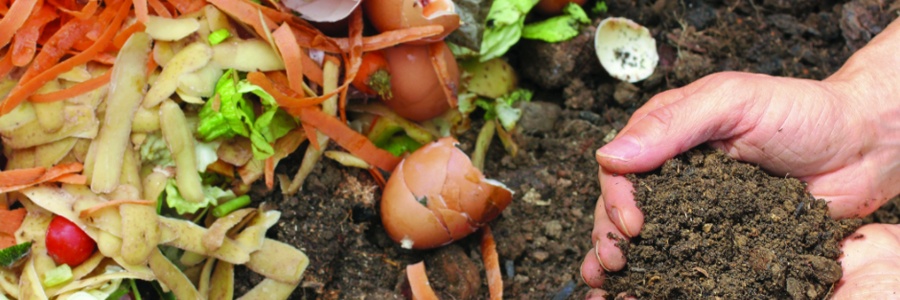
Reduce, Reuse, Recycle (Photo via compostingcouncil.org)
Everyone knows the three R's of eco-friendly living, but when was the last time you checked in on your efforts. Are you doing all you can to reduce consumables like paper towels? Are you reusing products as much as possible, and better yet, are you repairing household items before giving into the urge to buy new replacements? How efficient and thorough are your recycling efforts? Are you sorting things properly according the rules in your municipality? And did you know that New Yorkers can now take advantage of compost/food scrap drop-off locations throughout the five boroughs?
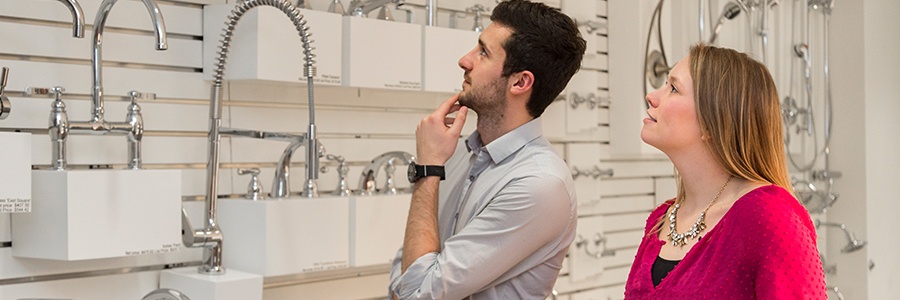
Look for Leaks
From leaky faucets that waste precious water to drafty windows and doors that let your heated or cooled air escape, leaks are the enemy of an energy-efficient home. Call your super or a plumber to address those water leaks, if you're not the handy sort. Install double-pane windows and eco-friendly insulation whenever possible. And remember that inexpensive door snakes and closed drapes go a long way towards maintaining a comfortable temperature year-round.
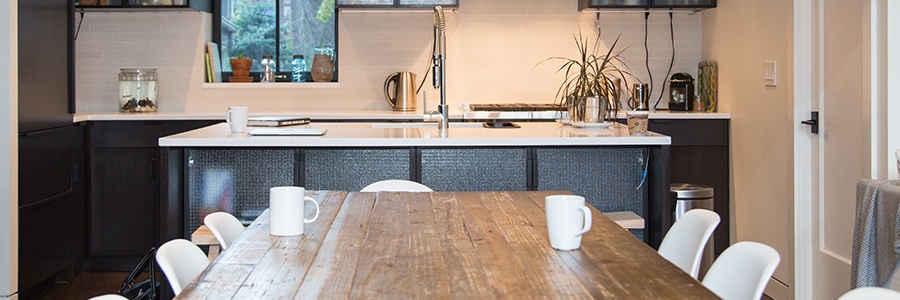
Carefully Consider New Furniture
Furniture manufacturing can be a dirty, wasteful business, but it doesn't take much effort to make wise environmental choices. When it comes to wood furniture, look for sustainably sourced or reclaimed materials. Even better, buy gently used, secondhand pieces to keep furniture out of landfills. For upholstery, look for organic fabrics, and try to choose from brands that follow non-toxic, sustainable business practices. Above all, you want to invest in the most well-made furniture you can afford, else it simply end up dumped on the curb within a few years.
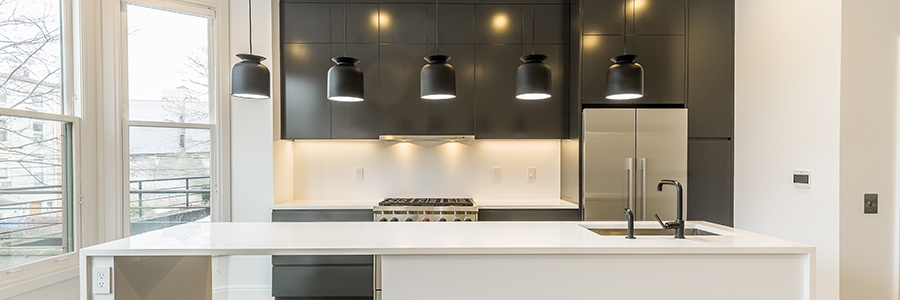
Light Up Your Life, Responsibly
By now, we all know the benefits of using LED or fluorescent versus incandescent bulbs. They last (practically) forever, and they use far less electricity. Plus, new WiFi enabled LED bulbs allow you to change the color, intensity and timing of your lights, even away from home, adding safety and security to their long list of benefits.
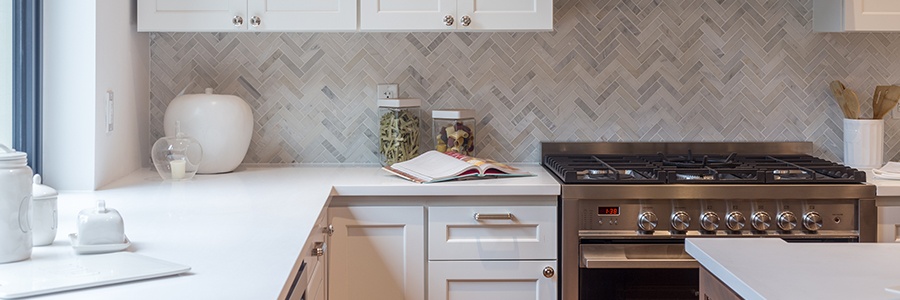
Apply Yourself to Smart Appliance Usage
Simple things like running only a full dishwasher, filling both racks of the oven when in use, or using the microwave (versus the stove) whenever possible can make a big difference in your energy consumption. So can using a cold water wash for laundry and hanging most things to dry. And, of course, choose EnergyStar-rated appliances, whenever possible. These models use up to 50 percent less energy and can earn you a generous rebate from your electricity provider.
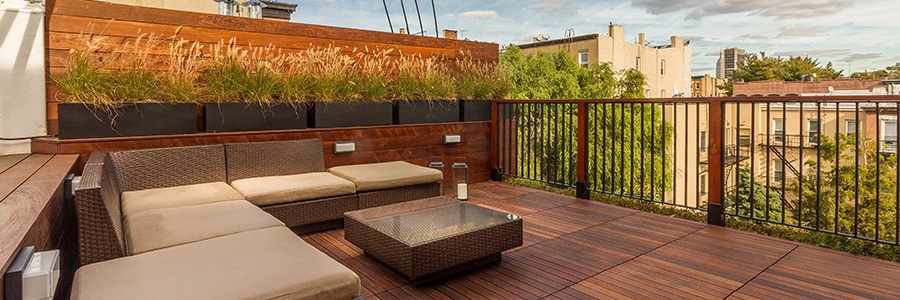
Garden Smart
When it comes to landscaping, there are a number of efforts that will earn Mother Nature's seal of approval. Consider a green roof installation to help regulate indoor temperatures and capture storm run off — your local government may offer incentives for doing so. Choose drought-tolerant, native plants to save on water and choose natural pesticides whenever possible. Adding several species of common houseplants — like dracaena, ferns and snake plants — to your indoors spaces can help purify air of toxic fumes, allergens and molds.
 201 366 8692
201 366 8692








